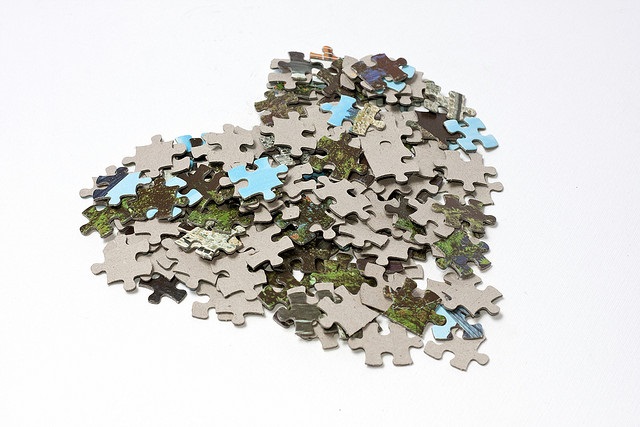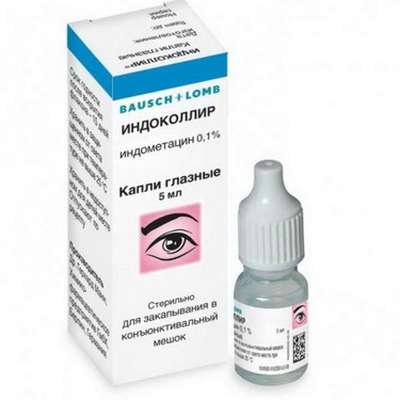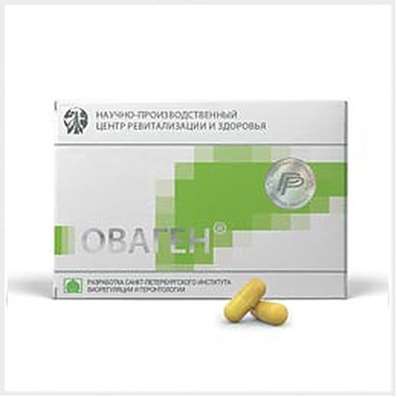FAQ: Tissue Engineering of Heart
02 Nov 2016
5 facts about regenerative medicine, artificial tissues and prospects of growing hearts.
The term "tissue engineering" is sometimes used as a synonym for "Regenerative Medicine". In general, the term "tissue», tissue-engineering, emerged in the last 15 years, and it reflects the fact that scientists have not only been providing individual cells, tissues, they learned to cut, replant, but also learned how to create their chosen structure.

- 1.Cell Transplantation
This means that come from cells of a living organism, i.e. a piece of tissue or an organ, is parsed into individual cells (understands it with enzymes that destroy the connection between these cells, but the cell is not damaged, that is, they should remain live), then the live cells are cultivated, that is planted to a particular substrate. Interesting fact: the cells to grow and develop, must be attached to some solid support - just in limbo, in incubating liquid, they do not last long. These cells are cultured for some time, and then they can be transplanted, for example, in a certain matrix (or something called in English scaffold, scaffold), these scaffolds incremented fabric, and then grown, in fact, that specialized tissue which was needed. It is, in principle, can be used as an implant, for example, for human transplantation. In this case the cells may be taken from a man and change him well; in principle, it may be a situation where the cells can be transplanted from one person or from one species to individuals of the same species. A situation may be when the cells are taken from an entirely different species.
- 2.Artificial tissue
Why is it in general can be important and interesting? There are many fabrics that easily enough can be extended, that is, where the cells multiply, where they can grow. For example, it is artificial ligament. You can make artificial ligaments on polymer fibers, that is, to take living cells and to plant their man, who had a ligament defect. This task engineering, bioengineering, but it is not fundamental in terms of biology. On the other hand, in recent years, particularly interesting directions that work with tissue engineering of the most important and highly specialized organs such as the heart.
- 3.Growing tissue structure
We took in our lab newborn rats heart cells that still have the ability to aggregate with each other and connect to the network excitable after landing on a substrate. These rat heart cells dismantled, then planted and grown on a substrate corresponding to the layer strip of cardiac tissue. Next, we applied the polymeric nanofibers in order to give these cells a proper shape. It turns out the cells, if we landed on their polymeric nanofibers of a certain type, and recognize these fibers are oriented in its growth in the direction of the fibers and their location. Thus, with the help of these nano-fiber matrices can define the structure of the tissue that we want to grow. But this is nothing more than the approaches to the much more interesting things that become possible only now, in connection with the opening of a Japanese scientist Shinya Yamanaka reprogramming cells. For heart protection person should buy Meldonium, Mexidol, Asparcam, Riboxin, Vitamin B12.
- 4.Artificial heart tissue
Talk about how to transplant, for example, rat or human cells somewhere to take human cells from one area of the heart transplant and in the other, it seems unrealistic. But the discovery of Shinya Yamanaka allows you to do the following thing: the cells can be taken from a person, such as his piece of skin, and converted into so-called pluripotent state (ie the cells, highly specialized, returned the ability to differentiate and then into cells of any type in the body; " pluripotent "- meaning that they can be a lot of things). In this situation, tissue engineering gets a completely new and exciting momentum. Because it can take a human skin cell, to transfer them to this induced pluripotent state (in which they, incidentally, may well divide and multiply), to bring them to the proper amount, then hold their differentiation, for example, in heart cells or liver cells, in kidney cells or nerve cells - it depends upon the desired end. If done, for example, cardiac cells, then these cells can produce cardiac implants that will actually be of human heart tissue, from which the cells were taken. In fact, you can even grow a single artificial heart, but it is a very difficult technical problem, because the heart has a complex structure. But to grow a strip of heart - it is quite real.
Solution cultivation of artificial heart - this, of course, a very important task, which is likely to be decided in the next decade.
- 5.Prospects for artificial tissue
But even the formation of the strip has a great role, because this strip of heart tissue, which is identical in its characteristics of cardiac tissue of the patient can check the effect of cardiac drugs. And it will be immediately clear how these drugs will work on this man. That is such a strip can work out the most effective selection of antiarrhythmic drugs for that person. Similarly, if you create a similar piece of tissue from the liver cells, it is possible to pick up the drugs - hepato-protectors or reducing medications that will work most effectively for a particular patient. Therefore, in the near future such a patient-oriented pharmacy, probably, it will be very actively developed. And I think that in the not too distant future it will be a very important area in modern pharmacology. And here, as always, tissue engineering combined with polymer chemistry, and with the new techniques of molecular biology and modern pharmaceuticals, that is, in this case the synthesis of science will be most effective.

 Cart
Cart





